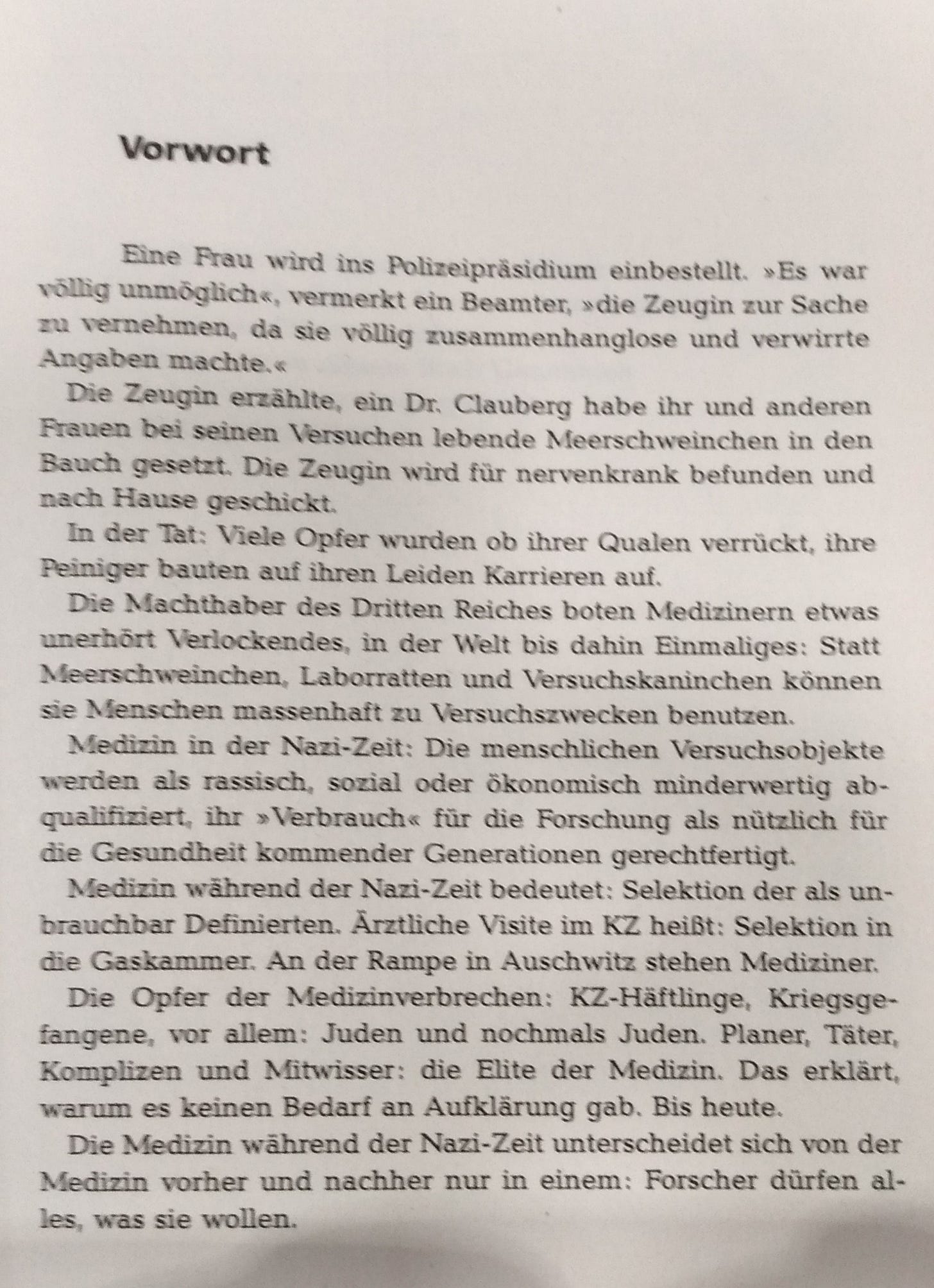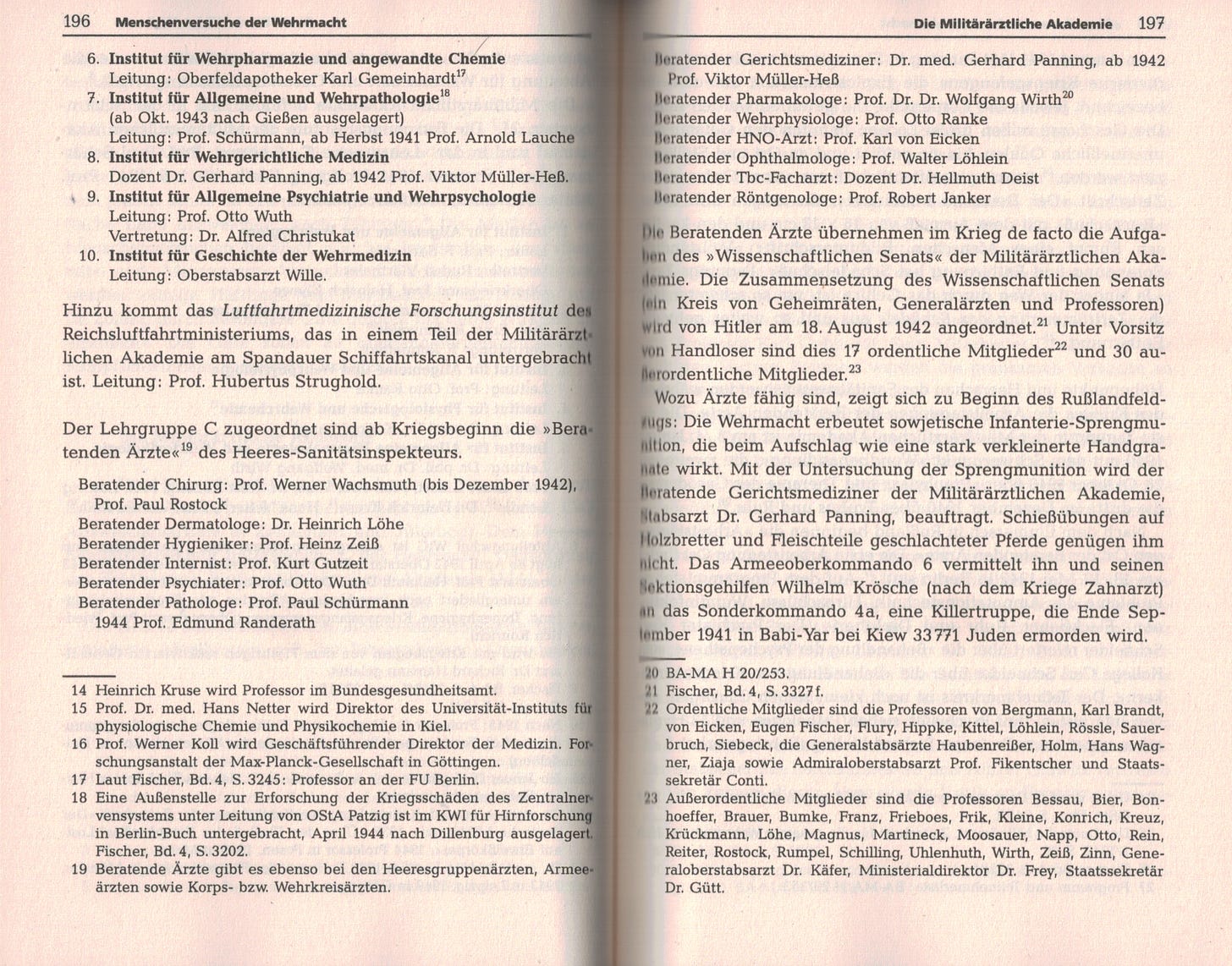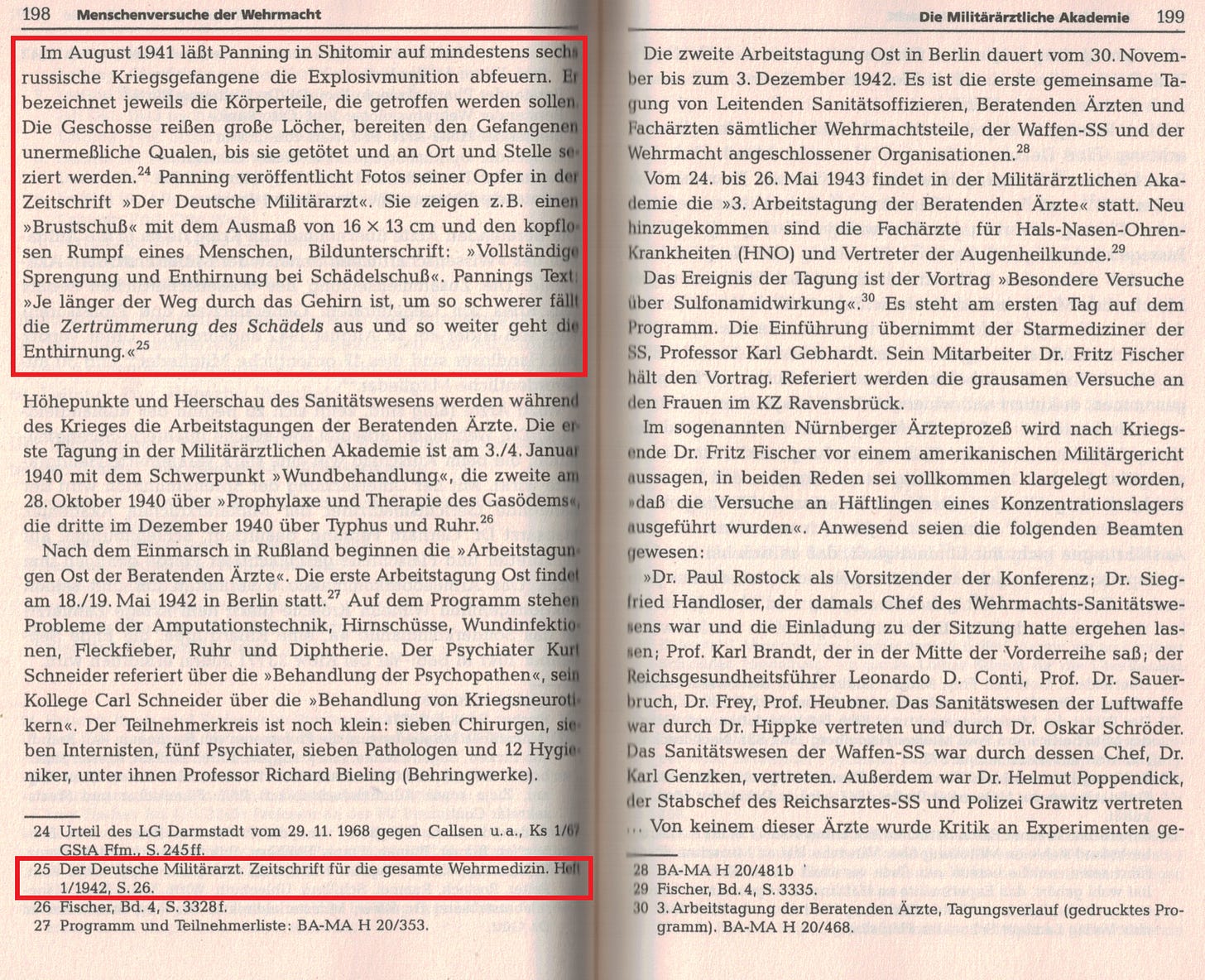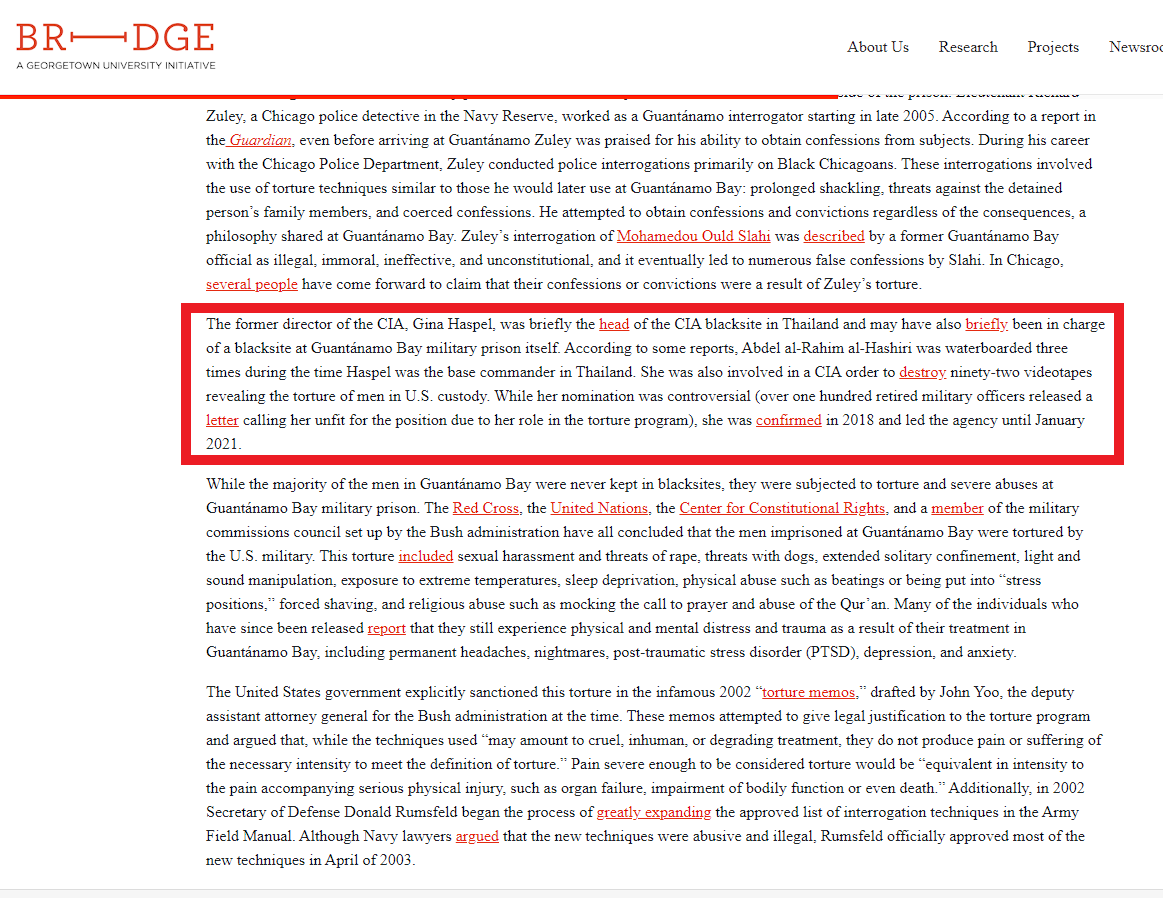Modelling in Science and how it relates to real life
A connection that many fail to realize; A non-scientific view.
A big part of scientific work, in order to explain natural occurring, observable phenomena, is to create models. Models to recreate observed phenomena and models to predict future events.
If you have not read this article written by Phillip W. Magness and published in American Institute for Economic Research (AIER) yet, I would highly recommend you do so.
I think it is not controversial to say that when you create a model with the expressed goal to explain or describe an observable phenomenon and it clearly does not represent what you were trying to model, that you would discard it.
A model that does not do what you want, can still be of value though. You can still learn from it. if you are willing to accept its failure, that is. Until you do so, you will fail to make predictions or accurately explain observed phenomena.
Every human being is actually experienced in creating models. We do it every day. It does not even matter if you have a scientific education. It comes with the territory of being human and alive. We all have our models that we created and live by. The simplest one is that the sun will come up in the morning of the next day, after it has set the evening before.
Our lives are filled with models that we made to help us through every and each day. Every thing we observe. Everything we hear. Everything we read. It is all data which we will take in. Sometimes we do not pay attention to this process. Sometimes we do.
We use that data to figure out what happened in the past. We use it to understand what is happening now. And we use it to make predictions for the future.
I think most people compartmentalize this realization. Especially those who have taken the path of becoming a scientist. An educational path which bestows upon the one to chose it the ability to rationally evaluate data and setting emotions aside to investigate the world around them.
Except that notion is a mental trap. For the very simple reason that everyone already is a ‘scientist‘. From the first day you are born. That is how your brain works and how it keeps you alive. The formal education obscures that fact and overrides it with a false ‘pride‘ that sets you apart form others.
I put ‘pride‘ in quotation marks because of course the path to learn and educate yourself in a certain field is time consuming and it takes years of hard work to be validated with a title in the end. It is no small task to acquire a doctorate. On the contrary.
However, you run the risk of ‘forgetting‘ yourself by focusing yourself too much and too narrowly.
How does modelling relate to real life then?
In a way I have already eluded to it. Look at your life and reality as if you were looking at it from a scientific point of view. You need data. You need a model. You want to be able to explain observable reality and you want to make predictions.
The data that you have access to is usually called ‘History’. Nowadays you have multiple options to access that data. In the past it would have been the spoken word, tales told, a town crier making announcements. Nowadays, the data is collected in books, in newspapers, in radio programs and on the internet. Free, mostly, for you to access.
Your view of the world that we all live in is based on everything that you have been exposed to in your life so far. Everything you have been told by your parents. Everything you have been told by your teachers. Everything you have been told by others. Everything you have read in your life so far.
You have taken all of it and at every point in time, you have made a model and incorporated the new data. At times you have simply adjusted your model. At times you have discarded it and made a new one.
There is a difference though between your own models to help you navigate reality and live your life and those that are used in science to further the understanding of reality. The later is not supposed to be ‘tainted‘ by your emotional state. The former is ‘distorted‘ by your own values and emotions.
This emotional involvement is what makes it so much harder for you to change your point of view. You are invested in your own models. You base your life on them. Changing them in a big way gets harder the more you have based your decisions on them.
And there are simple examples that can show you that your model of reality is incomplete. The simplest one is that someone who has lived for 20 years will not be able to understand what it means to have lived for 21 years. Simply because they lack the experience. They can make assumptions based on their model they have created of their life so far, but it will only be an approximation.
And then there are things that normal people will never be able to accommodate in their model. The problem is that many will simply ignore those data points and not incorporate them in their model of reality at all. Simply because there is no way for them to ever align certain things with their own moral compass.
This is where I think a lot of growth and learning can be done. Especially nowadays in 2024, after having seen and experienced a Pandemic and a vaccination campaign that has been rolled out to encompass billions of doses given to billions of people around the world.
How many of you were able to predict something like the world experienced in the last four years, based on the model of reality you held? And if you were not able, have you taken steps to understand the data and have you begun adjusting your model of reality that you use to help you navigate the world?
Data points
I want to show you some data points you may have not been aware of and subsequently have not yet incorporated into your model of reality.
As far as I know the above book is not available in English. It was first published in 1997. Following are the preface and an excerpt. My apologies for the poor quality.
Die Medizin während der Nazi-Zeit unterscheidet sich von der Medizin vorher und nachher nur in einem: Forscher dürfen alles, was sie wollen.
Tranalation with deepl.com:
Medicine during the Nazi era differed from medicine before and after in only one aspect: researchers were allowed to do whatever they wanted.
In August 1941, Panning had explosive ammunition fired at at least six Russian prisoners of war in Shitomir. He indicates the body parts to be hit. The shells tore large holes and caused the prisoners immeasurable agony until they were killed and dissected on the spot. Panning publishes photos of his victims in the magazine "Der Deutsche Militärarzt". They show, for example, a chest shot measuring 16 x 13 cm and the headless torso of a man, captioned: "Complete detonation and decerebration in the case of a skull shot". Panning's text: "The longer the path through the brain, the more severe the fragmentation of the skull and the further the decerebration goes."
When a model does not accurately describe reality and observed events, it is time to acknowledge those facts and change your model. Monsters existed in the past. For a long time. They had impacts on the world you live in. There are still monsters affecting the world and Humanity as a whole.
Remember: Researchers are allowed to do whatever they want. This was true in the past. It may be true, still.











